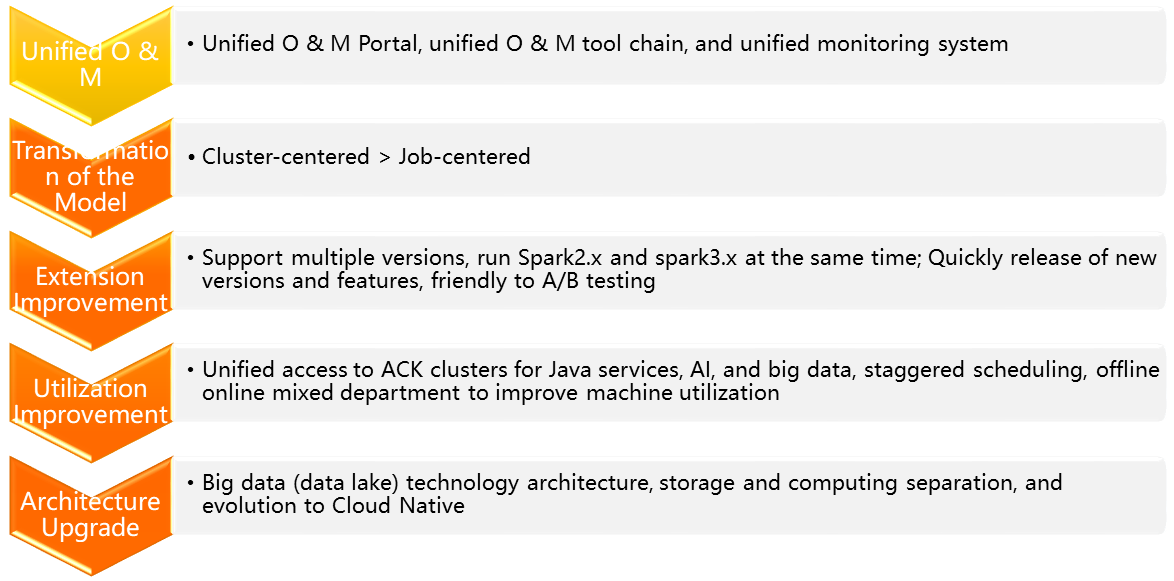
Building an HCFS file system with Object Storage System as the base:
Solving Alibaba Cloud Kubernetes (ACK) hybrid heterogeneous models:
Supporting cross-room, cross-dedicated hybrid cloud effectively:
Resolving scheduling performance bottlenecks:
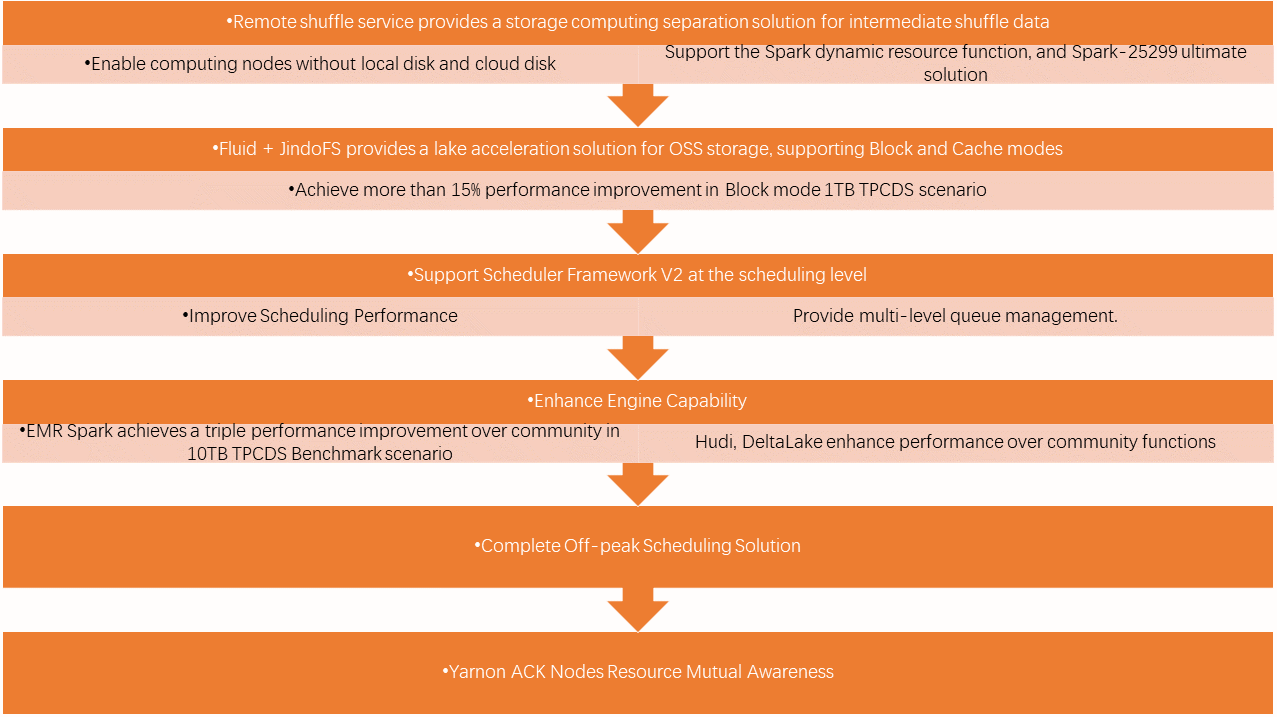
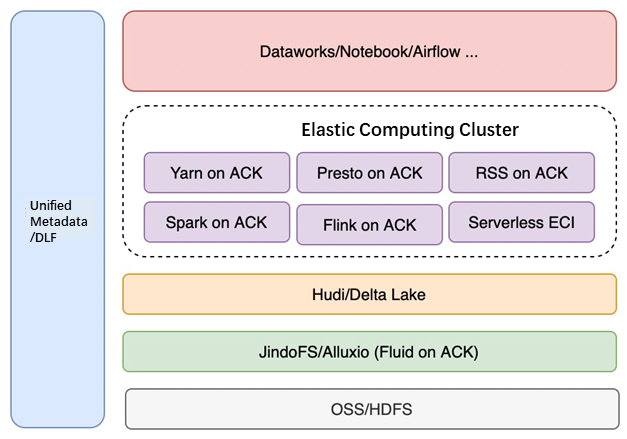
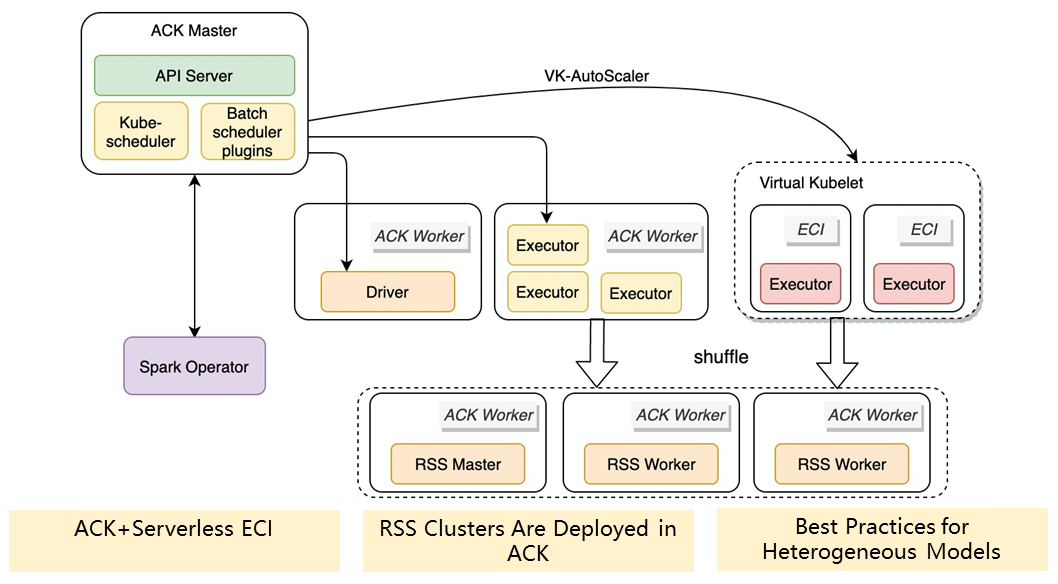
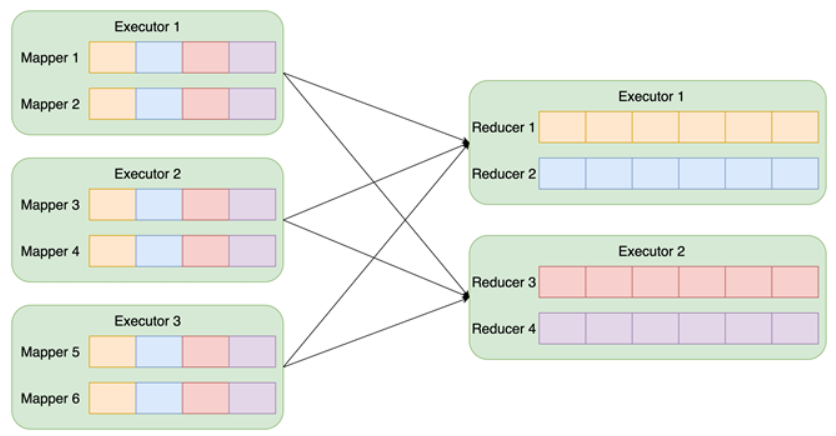
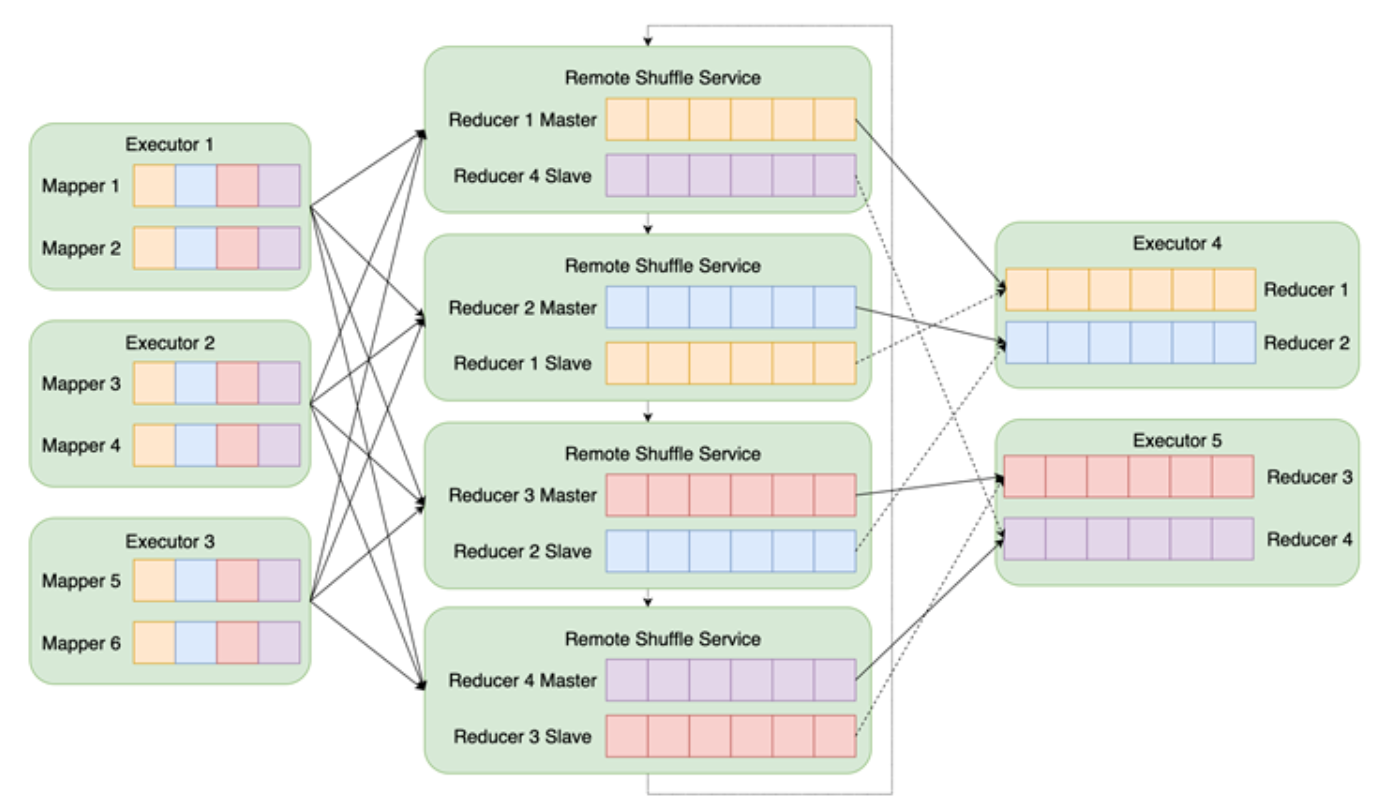
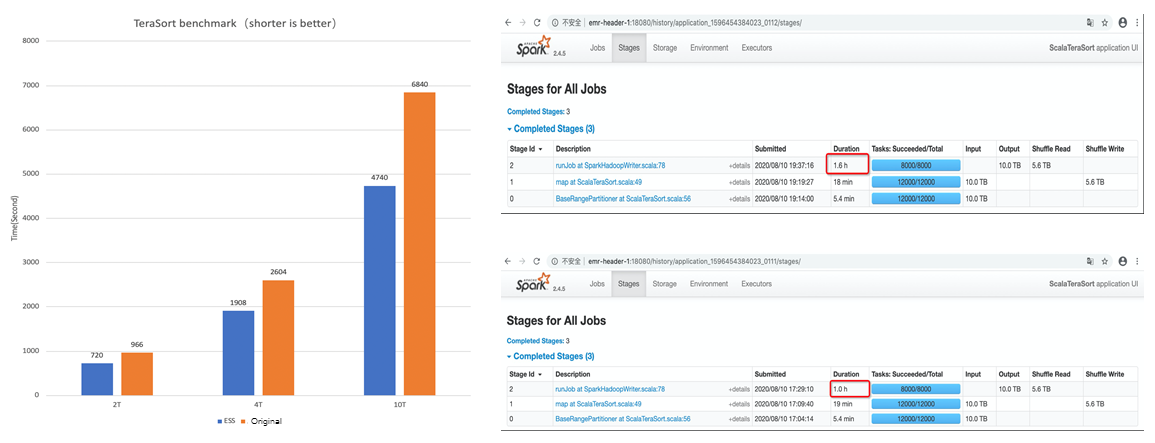
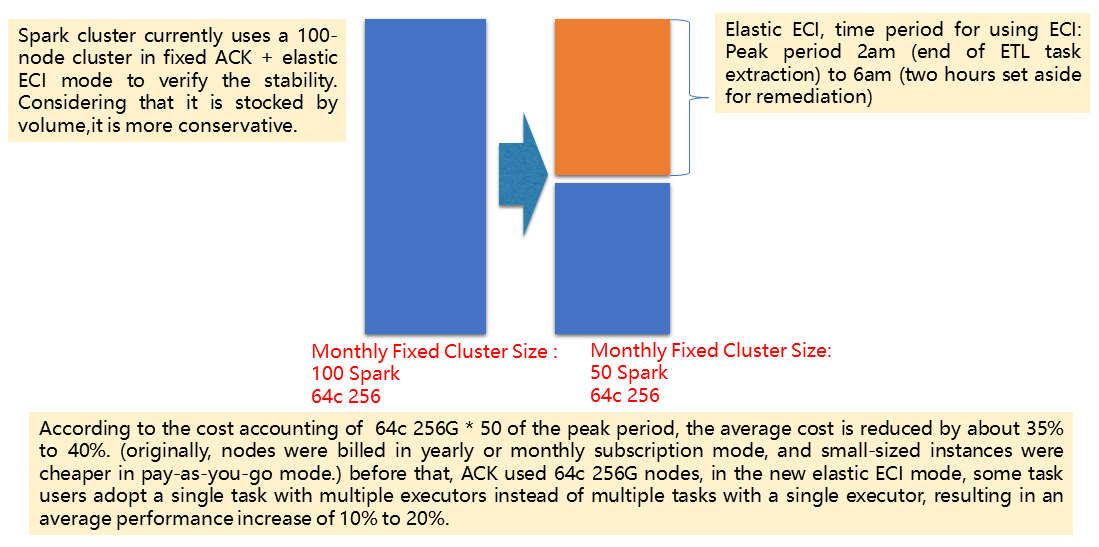
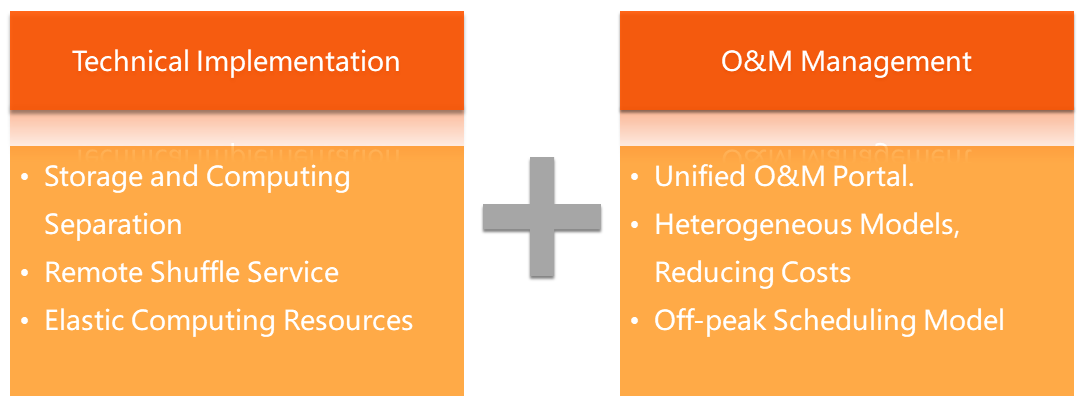
DLF + DDI Best Practices for One-Stop Data Lake Formation and Analysis

62 posts | 6 followers
FollowAlibaba EMR - May 11, 2021
Alibaba Cloud Native - March 5, 2024
Alibaba Cloud Native - January 25, 2024
Alibaba EMR - May 8, 2021
GAVASKAR S - June 21, 2023
Alibaba EMR - March 16, 2021

62 posts | 6 followers
Follow ACK One
ACK One
Provides a control plane to allow users to manage Kubernetes clusters that run based on different infrastructure resources
Learn More Big Data Consulting for Data Technology Solution
Big Data Consulting for Data Technology Solution
Alibaba Cloud provides big data consulting services to help enterprises leverage advanced data technology.
Learn More Big Data Consulting Services for Retail Solution
Big Data Consulting Services for Retail Solution
Alibaba Cloud experts provide retailers with a lightweight and customized big data consulting service to help you assess your big data maturity and plan your big data journey.
Learn More E-MapReduce Service
E-MapReduce Service
A Big Data service that uses Apache Hadoop and Spark to process and analyze data
Learn MoreMore Posts by Alibaba EMR
Start building with 50+ products and up to 12 months usage for Elastic Compute Service
Get Started for Free Get Started for Free